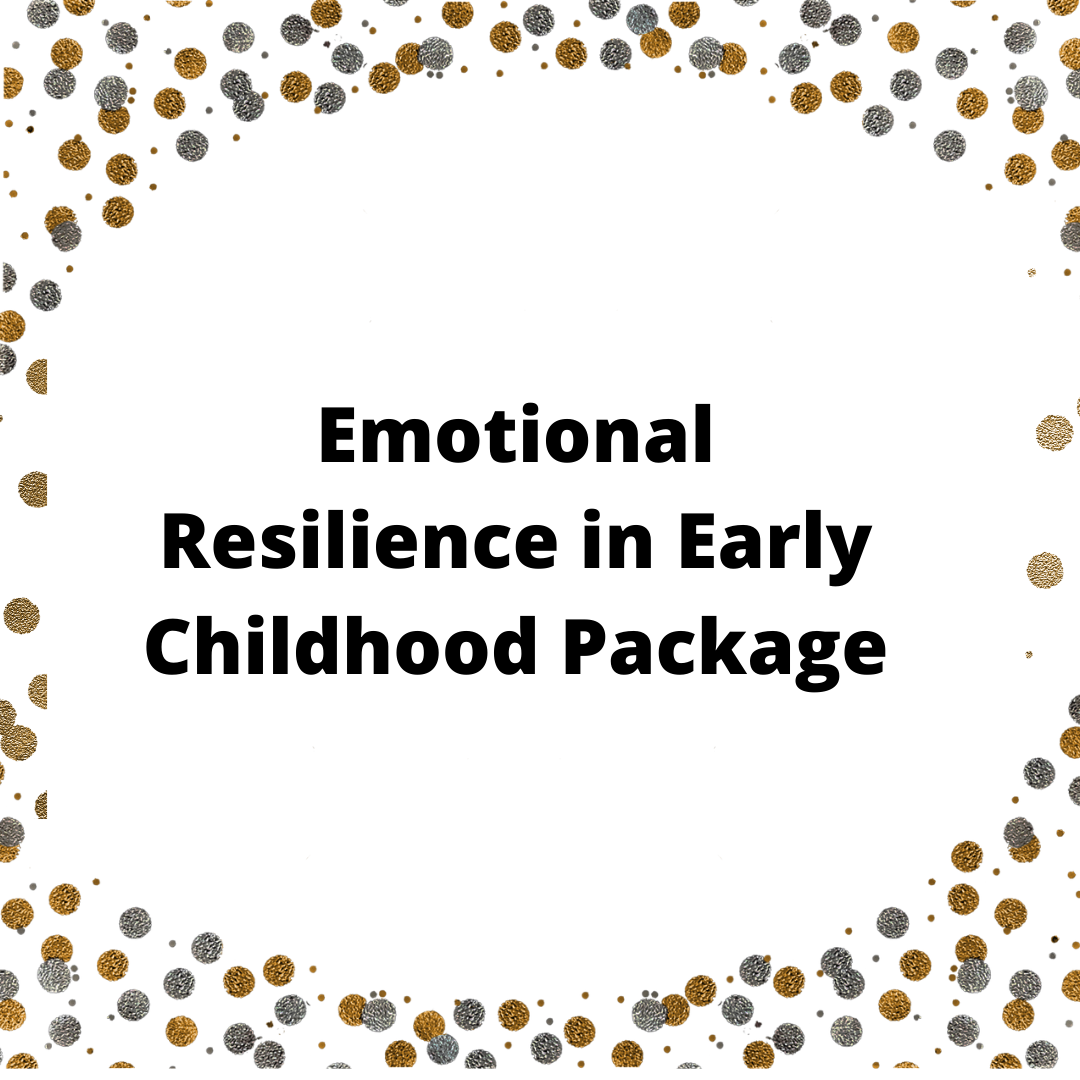Raising a Generation that is Emotionally Literate
In recent years we often speak about the importance of emotional literacy and learning from a young age to become emotionally literate. Emotional literacy can be defined as an ability to be able to identify, share, understand, develop empathy; and talk about our emotions (Sharp 2001). With the growing understanding and theoretical ideas around emotional literacy, we see the value to children’s development, self-confidence, self-worth, well-being and indeed the necessity of becoming emotionally literate so the future generation fully succeed and reach their full potential.
For a few months now I have had a little example, knocking around in my head that has given me lots to think about on the topic of emotional literacy, how far we have come and what does this look like in young children. I was participating in some painting with a couple of children who were painting happy and sad faces; completely child-led this was not an adult designed activity or outcome of painting! None the less we were identifying and talking about what they were feeling. We were even talking about what might be making them sad or happy. For example, the boy is sad because there is a monster in his bedroom. Even though we were already having this amazing conversation, I remember, being taken back by J’s (age 4) response to, “tell me about your picture”. I never expected such a profound and articulate response that many adults I know may struggle to express.
“He is sad, because the happy one hit him. And there are sad clouds above him! Cos that is what sad feels like! Grey clouds above you!”
Wow! Right, this is emotional literacy, knowing what feelings are but also developing an ability to express what that emotion feels like to us ourselves. But it is even more, there is a next step to emotional literacy that goes beyond identifying, showing, empathy and talking about emotions. This is a great first step and we do a lot of it in the early years, through our enabling environment and positive relationships. For example, we often have picture books that label emotions with young children within the story area. Or us ourselves as part of our pedagogical approach will say things such as, “I wonder how you are feeling?”, “You look very sad. When I am sad, everything feels heavy”. These are discussions that skilful early years practitioners often have. Supporting children through, open questioning, modelling language and giving them space to explore their emotions in a non-judgemental space.
However, beyond this there are other elements to emotional literacy. Claude Steiner (1979) was one of the first theorists to talk about emotional literacy and he identified 5 elements to emotional literacy. These were:
· Knowing your feelings,
· Empathy,
· Managing your emotions,
· Repairing emotional problems,
· Developing emotional interactivity.
I personally, love this model for breaking down the different aspects of emotional literacy and how the different elements work alongside one another. With the addition of what do we do beyond knowing our feelings, which traditionally has been a massive focus of Personal, Social and Emotional Development (PSED) in the early years. Over the next coming weeks, we are going to use Steiner’s framework of the elements of emotional literacy and break them down and look at them in relation to the first 5 years of children’s lives. What does that element look like, but also how can we support our children through our curriculum and pedagogical approach.
References:
Sharp, P. (2001) Nurturing Emotional Literacy. Oxon: Routledge.



